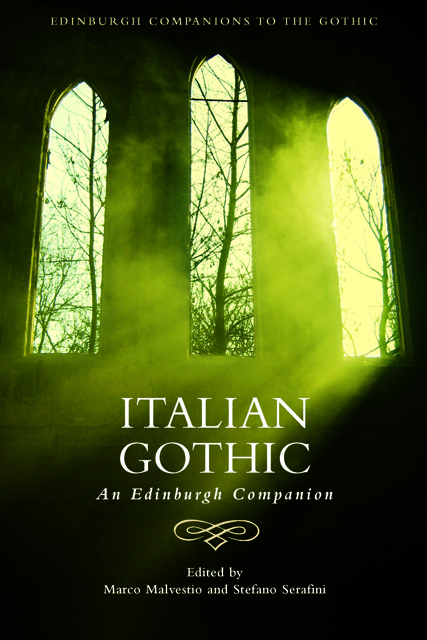4 - The Age of Permutations: 1915–1956
Published online by Cambridge University Press: 20 October 2023
Summary
The Long Nineteenth Century
Writing in French in 1970 – and then translating into Italian, in 1980 – Italo Calvino, one of the major authors and theorists of Italian fantastic literature, maintained that
[n]ineteenth-century fantasy, a refined product of the Romantic spirit, soon became part of popular literature. (Poe wrote for the newspapers.) During the twentieth century, intellectual (no longer emotional) fantasy has become uppermost: play, irony, the winking eye, and also a meditation on the hidden desires and nightmares of contemporary man. (Calvino)
If this is the case for a group of now canonical writers, it is equally true that popular fiction, for the whole first half of the twentieth century, tended to adapt the deep-rooted topoi and motifs of the nineteenth-century Gothic and fantastic to a mutated socio-cultural and historical context. Moreover, many highbrow authors who were active between the late 1910s and the late 1950s did not shy away from genuinely disquieting and horrific effects, situations and descriptions; and – even when there is an insistence on the grotesque and citationism – the result is as often as not more uncanny than ironic.
In 1915, Carolina Invernizio, Italy's queen of the feuilleton, wrote L’atroce visione, published by Salani, after debuting as a novelist in 1877. The atrocious sight that gives the novel its title is the telepathic apparition of the dying mother of the protagonist, at the very moment of her death, claiming that she has been treacherously murdered. As is the case for many of her works, the novel takes the form of a stereotypical and gentrified Gothic narrative, but it is no less effective for that, with its numerous plot twists and its both real and fake supernatural apparitions. Invernizio herself passed away in 1916, but her books continued to be successfully reprinted for several decades.
A more curious case is that of Carlo H. De’ Medici, whose narrative output, between the 1920s and 1930s, had little (if not minimal) impact on the publishing market and yet he can now be regarded as one of the most accomplished exponents of the Italian Gothic. His novel Gomòria, originally published in 1921 by the Milanese Facchi, and his collection I topi del cimitero.
- Type
- Chapter
- Information
- Italian GothicAn Edinburgh Companion, pp. 63 - 75Publisher: Edinburgh University PressPrint publication year: 2023



